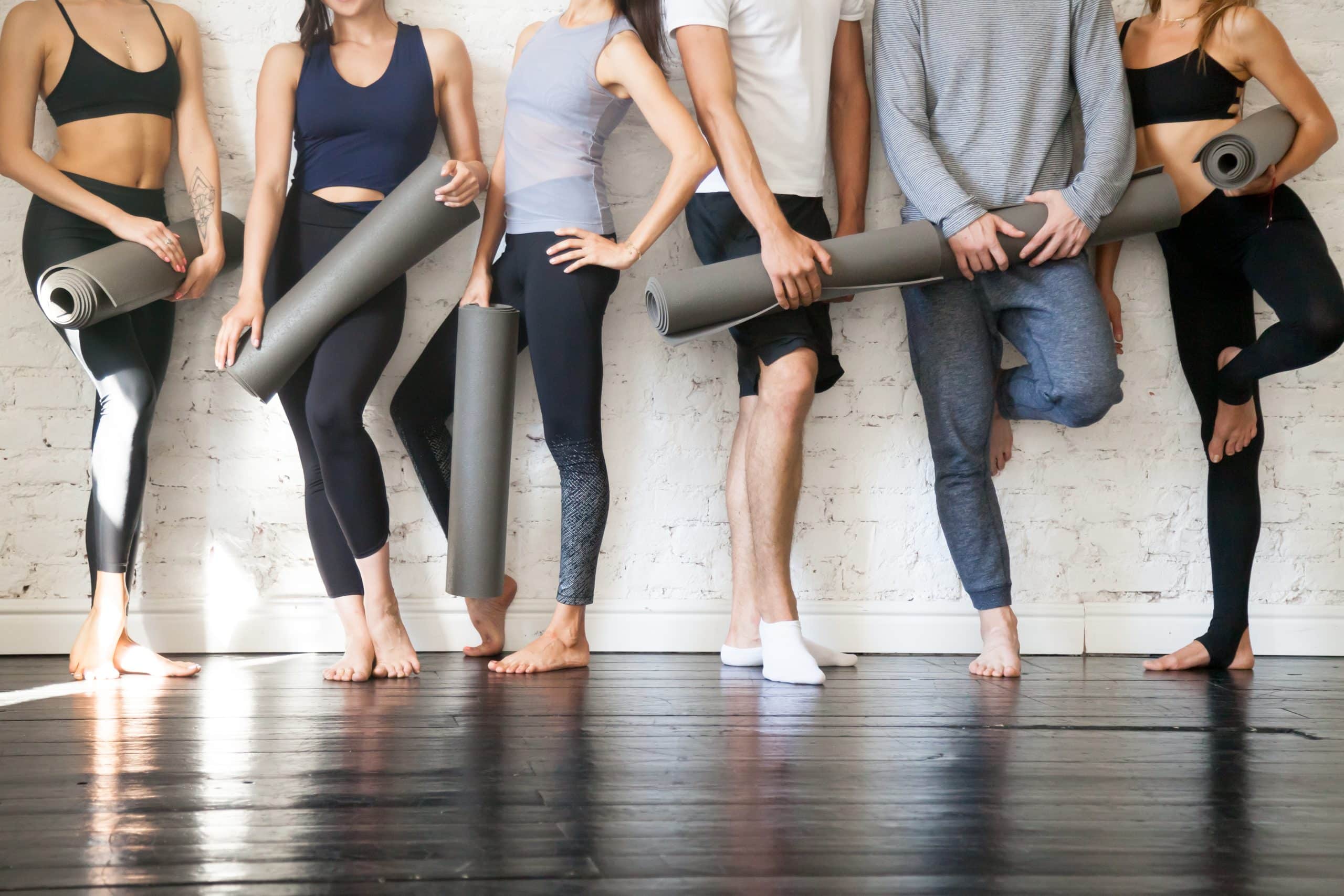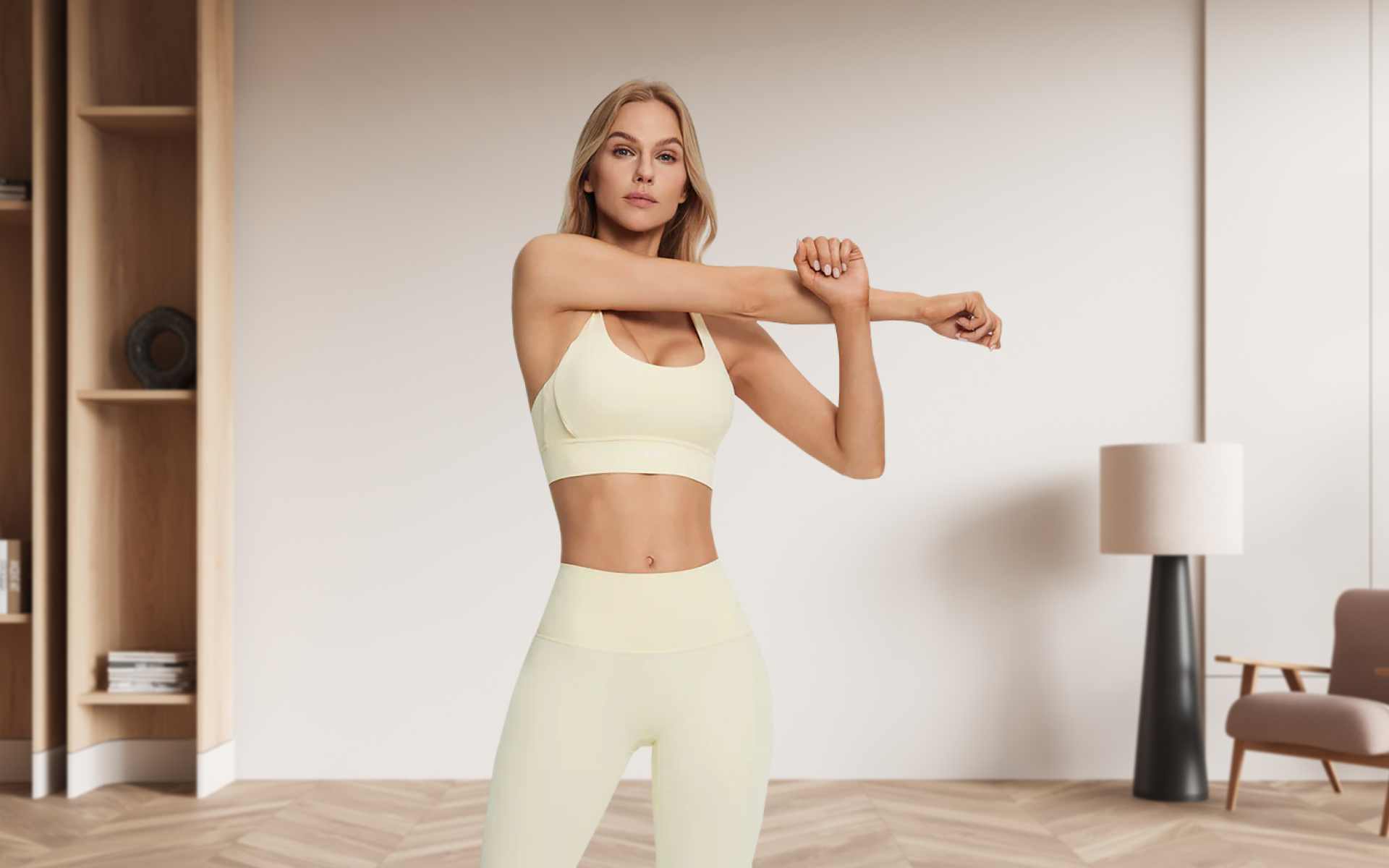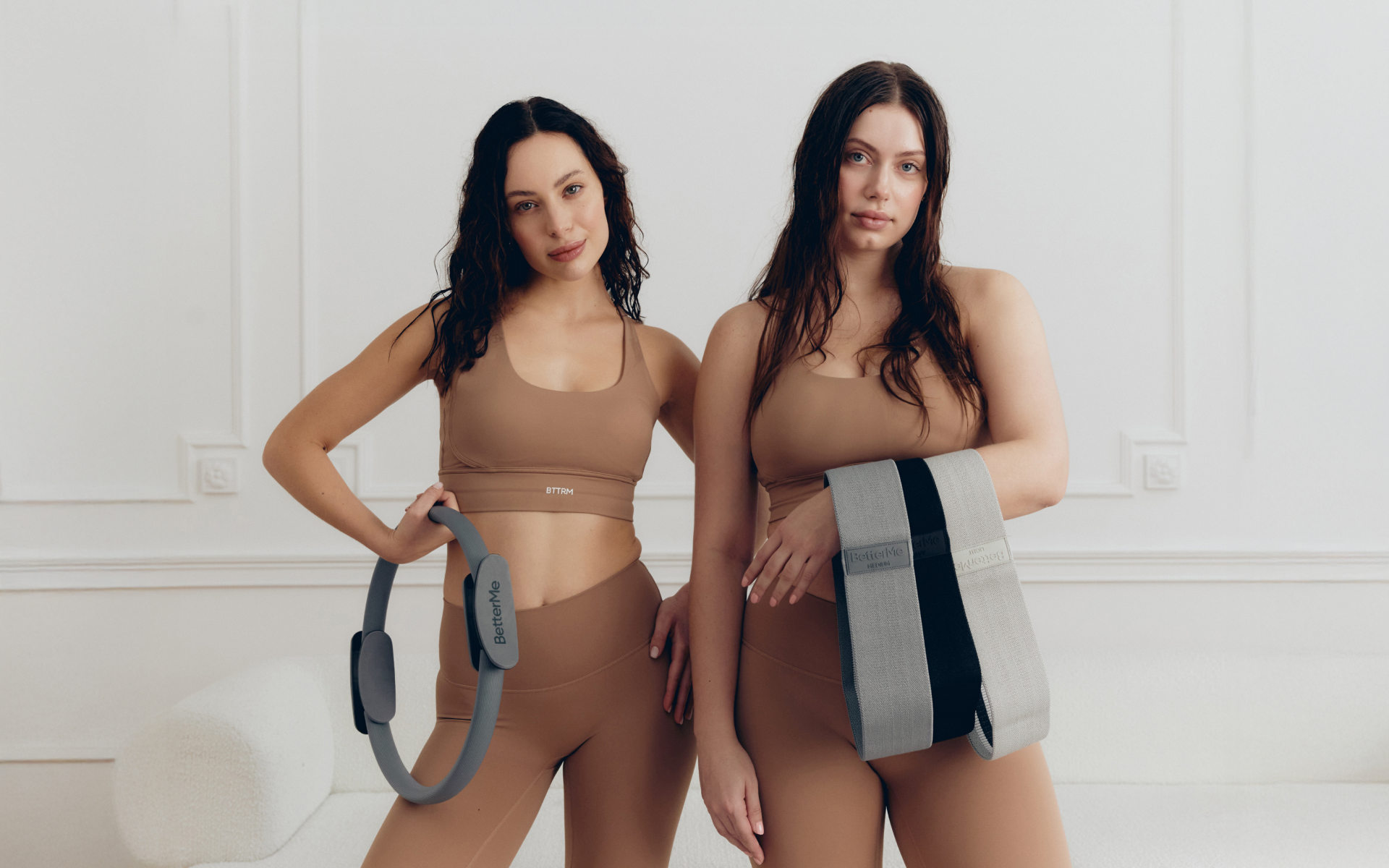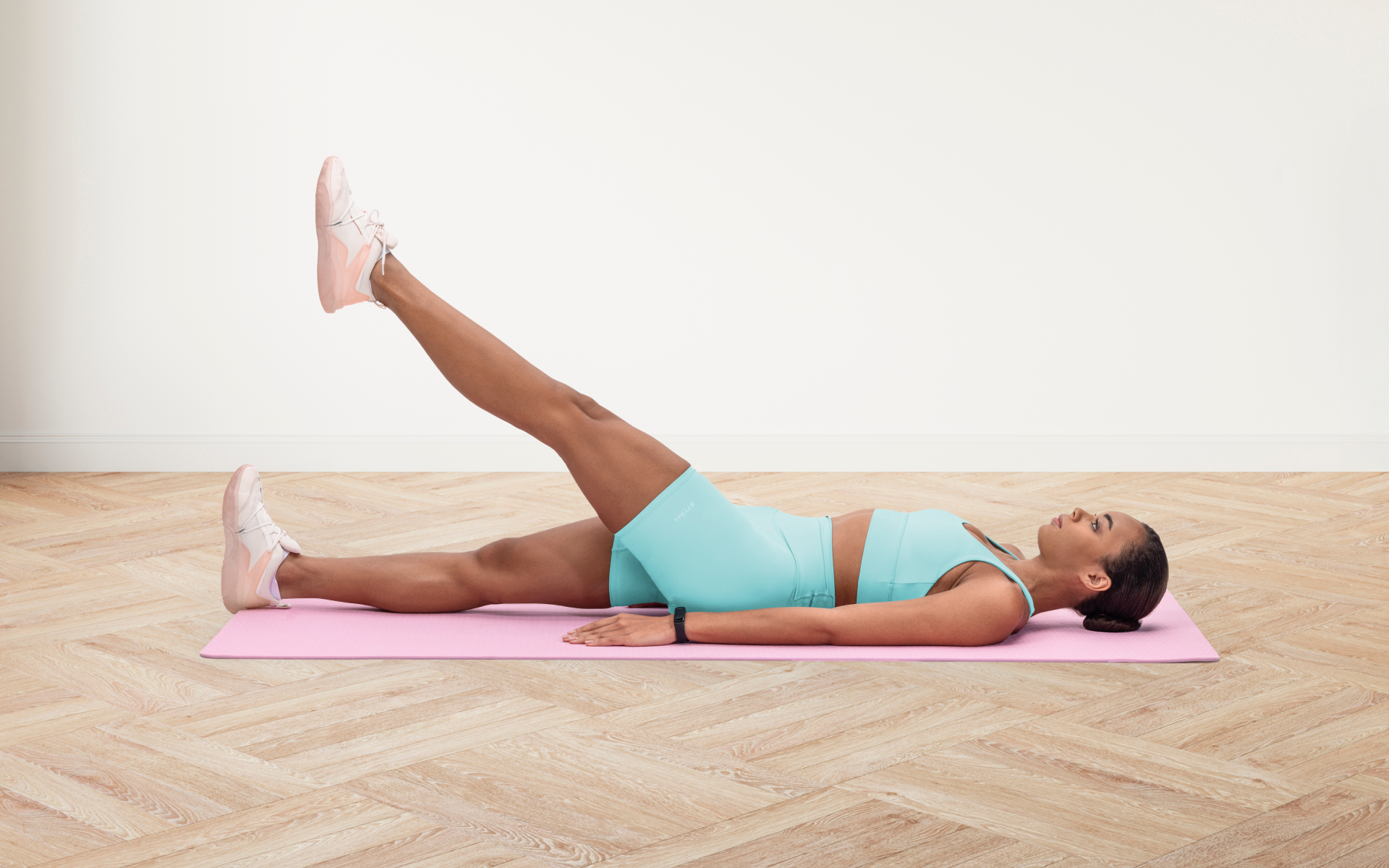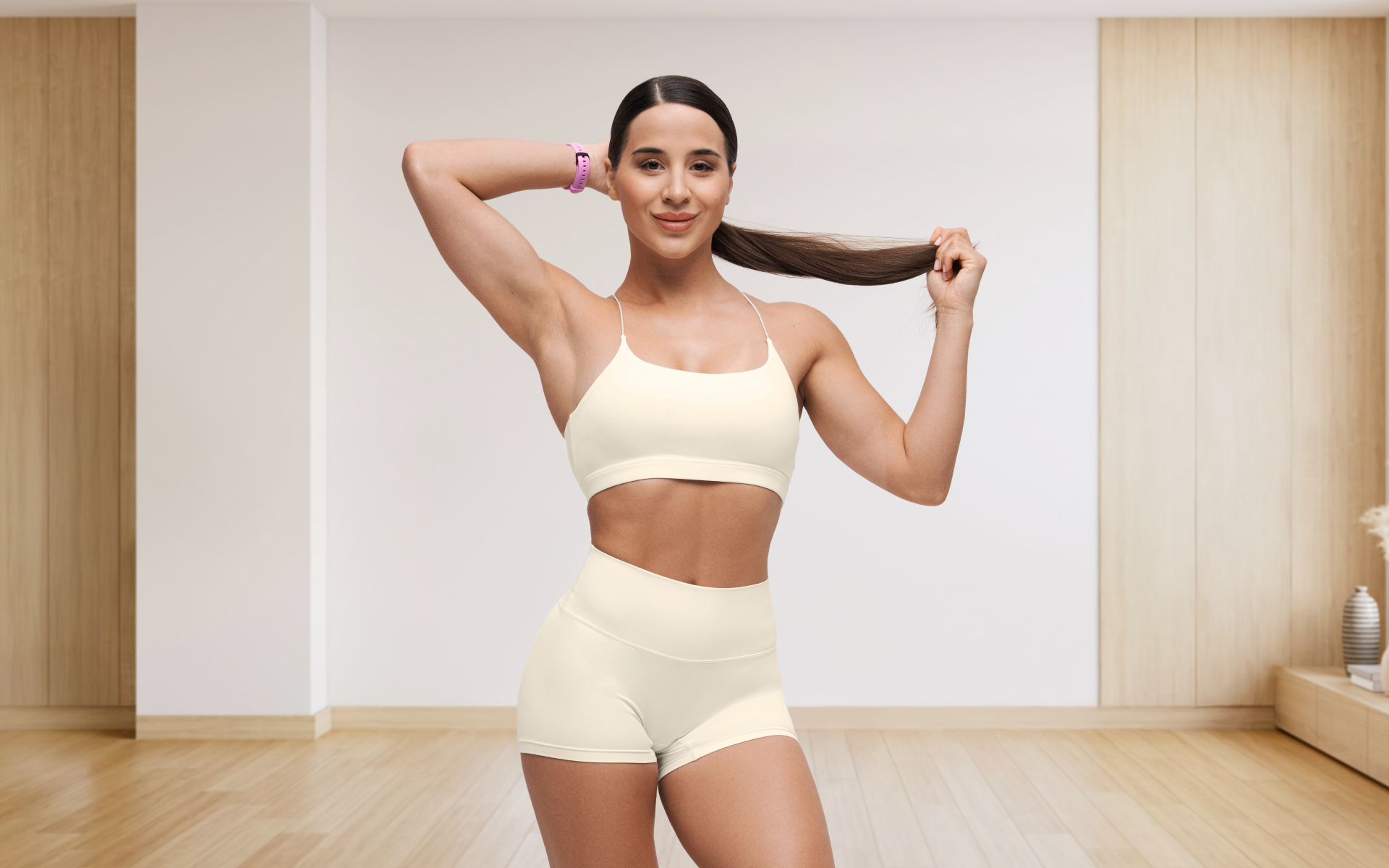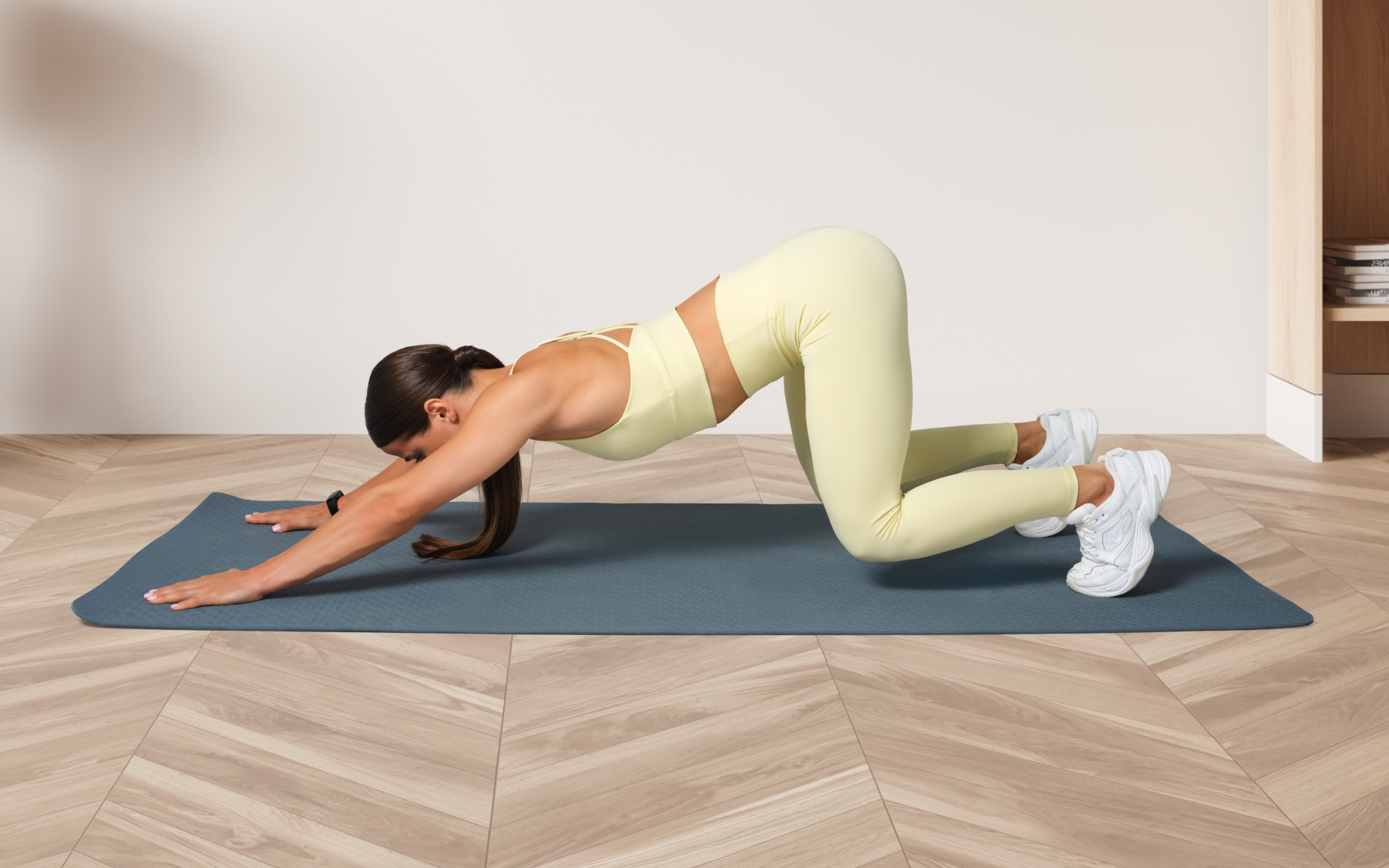The list of items you’ll need for your Pilates session might seem endless at first— Pilates mats, resistance bands, Pilates rings, and dumbbells.
But one often overlooked essential is grip socks.
What exactly are grip socks, and why do you need them for Pilates?
Grip socks are specialized footwear designed specifically for activities like Pilates, yoga, barre, and other similar exercises. They have an anti-slip sole that provides traction and grip on the studio floor, keeping your feet from slipping or sliding during movements.
While regular socks may seem like a suitable choice for Pilates, they lack the necessary features to enhance your performance and safety during the practice.
If you’re one of many who have yet to incorporate grip socks into your routine, read on to understand the role they play in maximizing your Pilates experience.
Do You Wear Shoes for Pilates?
You’re not required to wear shoes for Pilates. However, practicing Pilates can be challenging when it comes to grip and stability.
Practicing Pilates at home can be much easier with the grip socks reducing the risk of slipping on hardwood or tiled floors.
What Kind of Socks To Wear for Pilates?
Grip socks are the ideal type of socks to wear for Pilates on a reformer machine. They’re also ideal for traditional mat Pilates, especially if you’re practicing on a hardwood or tiled floor.
The same applies to wall Pilates; the right pair of Pilates grip socks can keep you from slipping while performing movements against the wall.
If you wish to free yourself from all the extra pounds that have been weighting you down for way too long, start using the BetterMe app and overhaul your entire life!
What Are Grip Socks Used For?
Grip socks are used for providing traction, stability, and safety on potentially slippery surfaces. They help prevent injuries caused by slipping or sliding.
In Pilates, grip socks are essential for improving your grip on the equipment, making it easier to perform movements with control and precision.
They also protect your feet from potential blisters or skin irritation, as Pilates involves a lot of footwork and can be quite challenging for the feet.
Grip socks aren’t primarily Pilates socks, they are used for other sports and activities including:
- Yoga: Grip socks are commonly used in yoga classes as they provide a better grip on the mat during poses. They also help maintain hygiene, as you’re not directly placing your feet on the shared studio mats.
- Barre: For those who love barre workouts, grip socks can be a game-changer. The grippy sole allows for better balance and stability during challenging movements.
- Dance: Grip socks are also popular among dancers as they give them the necessary grip and support on dance floors.
- Football and soccer: Grip socks have even been adapted for sports like football and soccer, where they prevent players’ feet from slipping inside the shoes and provide better traction on the field.
- Rugby and other contact sports: In sports where players need to maintain their footing amidst physical contact, grip socks provide an extra layer of protection and stability.
- Hospital use: Grip socks are also sometimes used in hospitals to help prevent falls and provide a better grip on slippery floors for patients (1).
What Is The Difference Between Grip Socks and Normal Socks?
The difference between grip socks and normal socks is the dotted, rubberized sole on the bottom of grip socks. This sole provides traction and grip for better stability during activities.
Normal socks, on the other hand, have a smooth sole that has less grip and can potentially slip or slide.
Material Composition
The materials used to make grip socks usually cater to breathability and moisture-wicking to keep feet dry and comfortable during workouts, which may differ from the material blend used for everyday socks.
Additional Features
Some grip socks may have additional features like arch support, compression, or ankle support to provide more comfort and stability during physical activities.
Do Grip Socks Actually Work?
Grip socks work and can improve your balance, stability, and control in sporting or fitness activities after using grip socks.
Here are some benefits of using grip socks:
- Better Grip: As the name suggests, grip socks offer better traction and grip on potentially slippery surfaces, helping prevent falls and injuries.
- Improved Stability: With better grip comes improved stability, allowing for more control over movements and preventing slips or slides.
- Prevents Blisters: The anti-slip sole of grip socks also helps prevent blisters and irritations on the feet, especially during high-intensity movements.
- Less Foot Spillage: Grip socks help keep your feet in place, reducing excess movement and potential strain on the feet.
- Hygiene: In shared spaces like studios or gyms, wearing grip socks can help maintain hygiene by preventing direct contact between your feet and the equipment or floors.
Read more: Thigh Workout Guide: 7 Effective Exercises for Building Leg Strength
How to Choose the Right Grip Socks for Pilates?
When it comes to choosing the right grip socks for Pilates, there are a few things to consider:
- Sole Material: Look for grip socks with a durable rubberized sole that provides enough traction and stability without being too bulky or restrictive.
- Fit and Comfort: The fit of grip socks is crucial. They should fit snugly without being too tight or causing discomfort. Look for options with stretchy material that can accommodate different foot sizes.
- Sock Fixation: Some grip socks may have additional bands, which can be beneficial for added support and stability during movements.
- Additional Features: As mentioned earlier, some grip socks may come with additional features like arch support or compression. Consider these added benefits when making your choice.
- Durability: Grip socks can be slightly more expensive than normal socks, so it’s essential to choose a durable option that will last through multiple workouts.
A grip-sock-friendly bodysuit or minimal-seam jumpsuit pairs perfectly with Pilates footwear, helping you stay supported and distraction-free as you move.
What Are The Negatives of Grip Socks?
Although they can be quite pricey compared to normal socks, the benefits and added features of grip socks may outweigh this con for many users.
It can also take you some time to get used to wearing grip socks during workouts. It’s important to choose a pair that fits comfortably and allows for proper movement and flexibility.
Are Grip Socks Safe?
Grip socks are safe for most purposes; however, it’s important to choose the right pair and use them correctly. Here are some tips for safe use of grip socks:
- Choose the right size: Make sure your grip socks fit snugly, without being too tight or restrictive.
- Check for wear and tear: Regularly inspect your grip socks for any holes, tears, or loss of traction on the sole. Replace them if needed.
- Use them on appropriate surfaces: Grip socks are designed for use on specific surfaces, such as workout mats or dance floors. Avoid using them on rough outdoor surfaces or wet areas where they may not provide adequate grip.
- Wash regularly: To maintain hygiene, it’s important to wash your grip socks regularly according to the manufacturer’s instructions.
- Seek medical advice if needed: If you have any foot or ankle concerns, it’s best to consult with a medical professional before working out.
Yanking yourself back in shape has never been so easy with our game-changing fitness app! Start transforming your life with BetterMe!
FAQs
How Long Do Pilates Socks Last?
Pilates socks can last for months with proper care and use. However, the lifespan may vary depending on the frequency of use and intensity of activities.
Are Yoga Socks The Same as Pilates Socks?
The terms “yoga socks” and “pilates socks” are often used interchangeably to refer to grip socks. Different brands may have slight variations, but the main purpose and design are similar.
Can You Wear Normal Socks To Reformer Pilates?
Yes, you can wear normal socks to reformer pilates; however, they may not provide the same stability and grip as dedicated grip socks. It’s recommended to use grip socks for optimal performance and safety during pilates workouts.
Is It Better To Do Pilates Barefoot?
Pilates is traditionally practiced barefoot, as being barefoot allows for better control and connection with the equipment or surface. However, if you prefer to wear socks, grip socks can be a safe and beneficial option.
The Bottom Line: Are Pilates Socks Worth it?
Grip socks are a valuable addition to your Pilates practice, providing essential traction, stability, and protection for your feet. While not necessary for all types of Pilates, they can greatly enhance your experience and prevent potential injuries.
Their benefits, however, extend beyond Pilates and make them a great investment for various activities such as dance, sports, and hospital use.
If you’re looking to improve your performance and comfort during physical activities, grip socks are definitely worth considering. Just remember to choose the right pair and use them safely for optimal results.
DISCLAIMER:
This article is intended for general informational purposes only and does not serve to address individual circumstances. It is not a substitute for professional advice or help and should not be relied on for making any kind of decision-making. Any action taken as a direct or indirect result of the information in this article is entirely at your own risk and is your sole responsibility.
BetterMe, its content staff, and its medical advisors accept no responsibility for inaccuracies, errors, misstatements, inconsistencies, or omissions and specifically disclaim any liability, loss or risk, personal, professional or otherwise, which may be incurred as a consequence, directly or indirectly, of the use and/or application of any content.
You should always seek the advice of your physician or other qualified health provider with any questions you may have regarding a medical condition or your specific situation. Never disregard professional medical advice or delay seeking it because of BetterMe content. If you suspect or think you may have a medical emergency, call your doctor.
